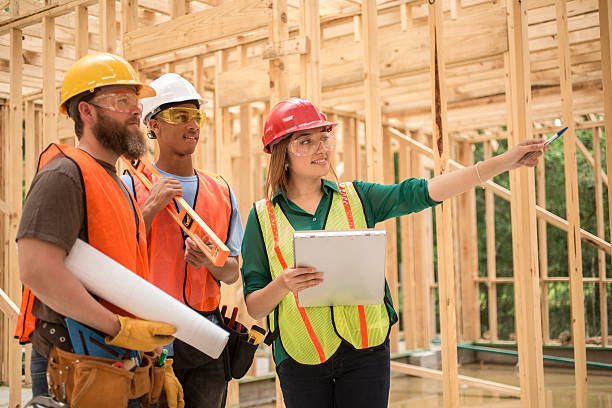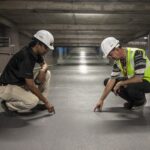What issues are being researched in structural engineering?
Here are some of the current research topics:
- Effective rigidity of shear walls following an anticipated earthquake.
In this topic, researchers examine shear walls subjected to dynamic loads and determine the effective rigidity of walls to be considered in the analysis process. They determined that the wall loses 80% of its stiffness, a significant amount that will contribute to an increase in story drifts.
- loading and reloading of coupling beams cyclically
After so many years and so much investigation, we still do not know what the effective stiffness of coupling beams should be after a vigorous shake for various aspect ratios. We are attempting to comprehend how a coupling beam’s strength will decrease as it endures multiple cycles and how it will discharge itself in the nonlinear zone. We are reiterating this process to simulate the elements accurately so that we can capture the behaviour of the building and its sources of energy loss.
- Modal response of structures
This is a significant topic, as our entire linear and nonlinear analysis is dependent on this phase. We have not been able to evaluate the response of numerous buildings to an earthquake. How a vast basement impacts the structure’s mode shapes and mass participation factors. Does a below-grade mass affect the building’s system for resisting lateral forces? Is it required to include below-grade material in the analysis? What information does the physical building response provide? To validate our analysis and ensure that we’re doing things correctly, this is yet another area where researchers are diligently examining the consequences.
- P-Delta effects in high-rise structures
To what extent do the gravity weights on columns weaken the building’s lateral force resisting systems? We include these influences in our numerical models, but what is their actual impact? In general, P-delta effects are prominent in softer structures, such as those with moment frames, as opposed to those with shear walls and braced frames. Therefore, we should investigate these effects further.
- Variation of shear strength with axial load change
As a result of axial tension, the shear strength of shear walls decreases by 10% to 15%, according to the findings of various studies. However, we do not yet have in-depth results regarding the significance of increased shear demand. For instance, is the reduction in a wall with demands up to 5*sqrt(f’c) and 10*sqrt(f’c) identical?
As well as axial pressures, moment frame columns are also subject to high shear loads.
- Insulation of structures
In earthquakes, damping is a significant source of energy dissipation. More than fifty percent of energy is lost by the dissipation itself. Strain energy and inelastic energy account for roughly 30 percent. The remainder of the energy delivered into the system is handled by damping proportional to stiffness. However, what is the damping value for structures of varying heights? Can we establish some type of correlation between damping and building age?
We must ensure that we do not overestimate the damping and under design the elements, or that we do not underestimate the damping and overdesign the elements. I am aware that it is difficult to characterize damping, but if we obtain building motion records during earthquakes or even free oscillations, we can determine its value.
- Progressive disintegration of structures
To prevent another Ronan point collapse, Alfred P. Murrah building collapse, or 9/11 calamity. Important structures and buildings will need to undergo progressive collapse analyses.






